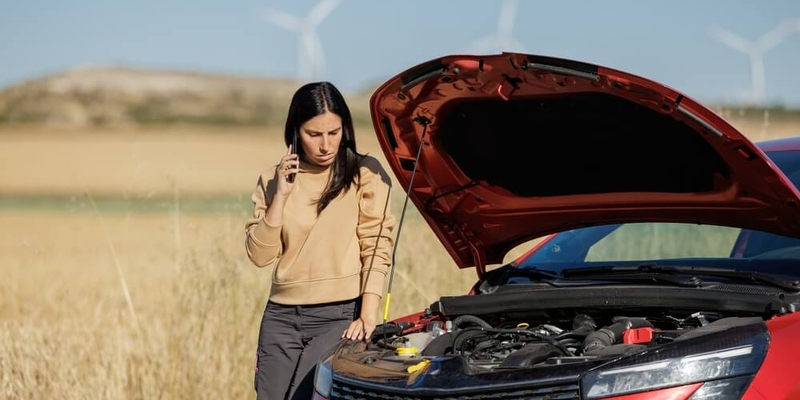
If you are not redirected within 30 seconds, please click here to continue.
Samedi: 10h – 16h HAE

If you are not redirected within 30 seconds, please click here to continue.
If you are not redirected within 30 seconds, please click here to continue.
Weighing in on the Good Debt, Bad Debt Issue

Table of Contents
It's generally taken for granted that we'll all experience debt in our lifetime. Statistics Canada reports that the average Canadian's debt to income ratio, one of the gauges experts use to determine indebtedness, is now at a record high of 1.64. This simply means for every $1 of income earned, we're spending $1.64.
Many consumers are spurred by low borrowing costs offered at Canadian banks and other lenders and have sought out new homes, cars, and assorted big ticket items, accumulating sizeable debt in the process. Mortgages accounted for about 65 percent of the total, notes StatsCan, followed by consumer credit at 29 percent (includes credit cards and lines of credit) and the remaining 6 percent is comprised of non-mortgage loans.
Perhaps many of us have fallen victim to the 'buy now and pay later' philosophy that credit card companies and banks seemingly endorse, but that does not give us a full picture especially since many experts categorize debt as good and bad.
Many financial experts classify good debt as borrowed money for things that appreciate in value, such as a house, education or personal investments such as equities or mutual funds. Bad debt, on the other hand, is money you borrow for things that often quickly go down in value such as clothing, electronic goods, or even a new car. The purchase of disposable items or durable goods with credit cards, especially those with high-interest, and not paying off the full balance is almost always considered bad debt.
Some financial experts go beyond just considering appreciating or depreciating assets. For example, paying with pre-tax dollars often presents opportunities for tax deductions and will fall into the good debt category. Paying for items with after-tax income especially credit card bills, usually but not always, fits in with bad debt.
But classifying debt is certainly not an exact science. Plenty of arguments and grey areas emerge. Buying a car and obtaining finance may be classified as bad debt to some, but what if you absolutely need the vehicle to go to work, take your kids to hockey practice or even drive instead of paying for air travel on a family vacation?
Also, there are plenty of great credit card reward programs available for consumers and some that charge low-interest rates. The money spent using credit cards on sensible purchases can eventually earn free airline tickets, cash back or free gasoline.
Very few people can afford to pay cash for everything they purchase, therefore borrowing money is a fact we have to deal with each day. While it may be useful to understand good and bad debt philosophically, it's more important to learn how to manage each properly. The key is to plan your repayments in advance, prepare an effective and manageable budget, or even seek expert financial advice when reducing your debt load becomes overly difficult.
Get money-saving tips in your inbox.
Stay on top of personal finance tips from our money experts!










